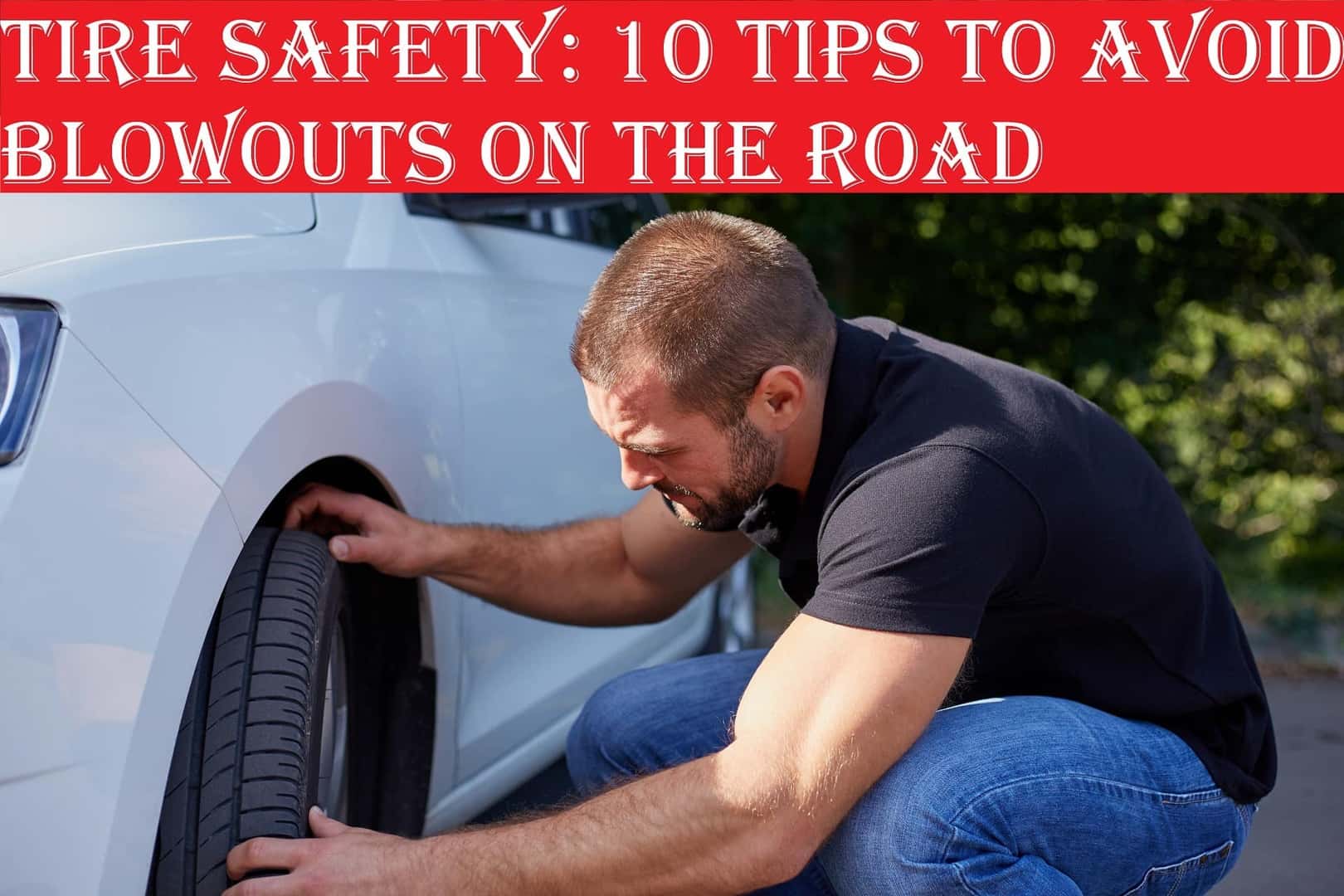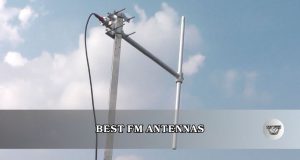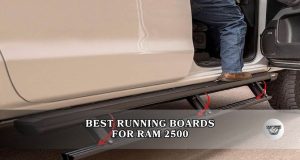Last Updated on November 25, 2025 by Aaron Blake
Imagine driving down the road when suddenly, your tire blows out. It’s a scary, dangerous moment that no one wants to face.
But did you know that many tire blowouts happen because of avoidable reasons? Understanding the common causes of tire blowouts can help you protect yourself, your passengers, and your vehicle. You’ll discover what puts your tires at risk and how you can prevent these sudden, costly accidents.
Keep reading to learn how to keep your ride safe and smooth every time you hit the road.

Credit: www.whocanfixmycar.com
Contents
Worn Out Tires
Tires wear out after long use and rough roads. Worn tires can cause serious problems.
Understanding tire wear helps prevent blowouts and keeps driving safe.
Signs Of Tire Wear
Look for these signs to know if your tires need replacement.
- Shallow tread depth, less than 2/32 inch
- Visible cracks or cuts on the tire surface
- Uneven tread wear patterns
- Bulges or blisters on the sidewalls
- Frequent loss of tire pressure
Risks Of Driving On Old Tires
Old tires increase the chance of blowouts and accidents. They lose grip and control.
| Risk | Effect |
| Blowouts | Sudden tire failure causes loss of control |
| Poor Traction | Slips and skids on wet or icy roads |
| Longer Braking Distance | Harder to stop quickly in emergencies |
| Hydroplaning | Tires fail to clear water, causing skidding |
| Uneven Wear | Damage to suspension and steering parts |
Underinflation Issues
Underinflation happens when tires have less air than needed. This problem can cause serious tire damage.
Low tire pressure makes tires weaker and more likely to fail. It is a common cause of tire blowouts.
How Low Pressure Leads To Blowouts
When tires are underinflated, they bend more while driving. This extra bending heats up the tire and wears it out faster.
Heat and wear weaken the tire’s structure. This damage can cause the tire to burst suddenly on the road.
- Increased friction causes heat build-up
- Sidewalls flex more and get damaged
- Tread wears unevenly and quickly
- Risk of tire failure and blowout rises
Checking And Maintaining Tire Pressure
Regularly check tire pressure using a reliable gauge. Do this when tires are cold for accurate results.
Follow the vehicle’s manual for the correct tire pressure. Inflate tires to the recommended level to avoid problems.
- Check tire pressure at least once a month
- Use an air compressor to add air if needed
- Inspect tires for visible damage or wear
- Replace tires that are old or damaged
Impact Damage
Tire blowouts often happen because of impact damage. This damage occurs when tires hit hard objects on the road.
Impact damage can weaken the tire’s structure. It increases the risk of sudden tire failure while driving.
Effects Of Hitting Potholes And Debris
Hitting potholes can cause cuts, bulges, or tears in the tire. These problems reduce tire strength and safety.
Road debris like nails or sharp stones can puncture the tire. Small damage may grow into a blowout at high speed.
- Potholes can bend or break tire cords
- Debris can cause slow leaks or sudden bursts
- Damaged tires lose air pressure quickly
- Impact damage weakens tire sidewalls
Preventing Road Hazard Damage
Drive carefully to avoid potholes and road debris. Watch the road ahead and slow down on rough surfaces.
Check your tires often for cuts, bulges, or objects stuck in them. Replace damaged tires right away to stay safe.
- Keep tires properly inflated
- Inspect tires before and after long trips
- Avoid sudden impacts by slowing near potholes
- Use good-quality tires suitable for your vehicle

Credit: rosengardlawgroup.com
Overloading And Excess Heat
Tire blowouts can cause serious accidents and damage. Two common reasons are overloading and excess heat. These issues weaken tires and make them fail.
Understanding how overloading and heat affect tires helps drivers stay safe on the road. Proper care can reduce the risk of blowouts.
Consequences Of Overloading
Overloading a vehicle puts too much weight on the tires. This extra pressure can cause the tire structure to break down. It also raises the tire’s temperature quickly.
- Increased tire wear and tear
- Higher chance of tire tread separation
- Damage to tire sidewalls and belts
- Reduced tire lifespan
- Greater risk of sudden blowouts
Heat Buildup And Tire Failure
Heat causes tires to lose strength and elasticity. When tires get too hot, the air pressure inside rises. This can lead to tire failure and blowouts.
| Cause | Effect on Tires |
| High speeds on hot roads | Increases tire temperature rapidly |
| Underinflated tires | Creates more heat from friction |
| Heavy loads | Raises pressure and heat inside tires |
| Long drives without rest | Does not allow tires to cool down |

Credit: www.easternshoretoyota.com
Frequently Asked Questions
What Causes A Tire Blowout While Driving?
Tire blowouts happen due to worn tires, low pressure, or hitting sharp objects on the road.
How Does Low Tire Pressure Lead To Blowouts?
Low tire pressure makes tires overheat and weak, increasing the chance of a sudden blowout.
Can Road Hazards Cause Tire Blowouts?
Yes, potholes, debris, and sharp objects can damage tires and cause blowouts.
How Often Should I Check My Tires To Avoid Blowouts?
Check your tires at least once a month and before long trips to keep them safe.
Does Overloading A Vehicle Increase Blowout Risk?
Yes, carrying too much weight puts extra stress on tires, making blowouts more likely.
Conclusion
Tire blowouts happen for many reasons. Worn tires and low pressure cause most problems. Sharp objects on roads can also lead to blowouts. Heat and heavy loads add extra risk. Check tires often to keep them safe. Drive carefully to avoid sudden damage.
Knowing these causes helps you stay alert. Stay safe by paying attention to your tires. Regular tire care prevents dangerous blowouts on the road.





